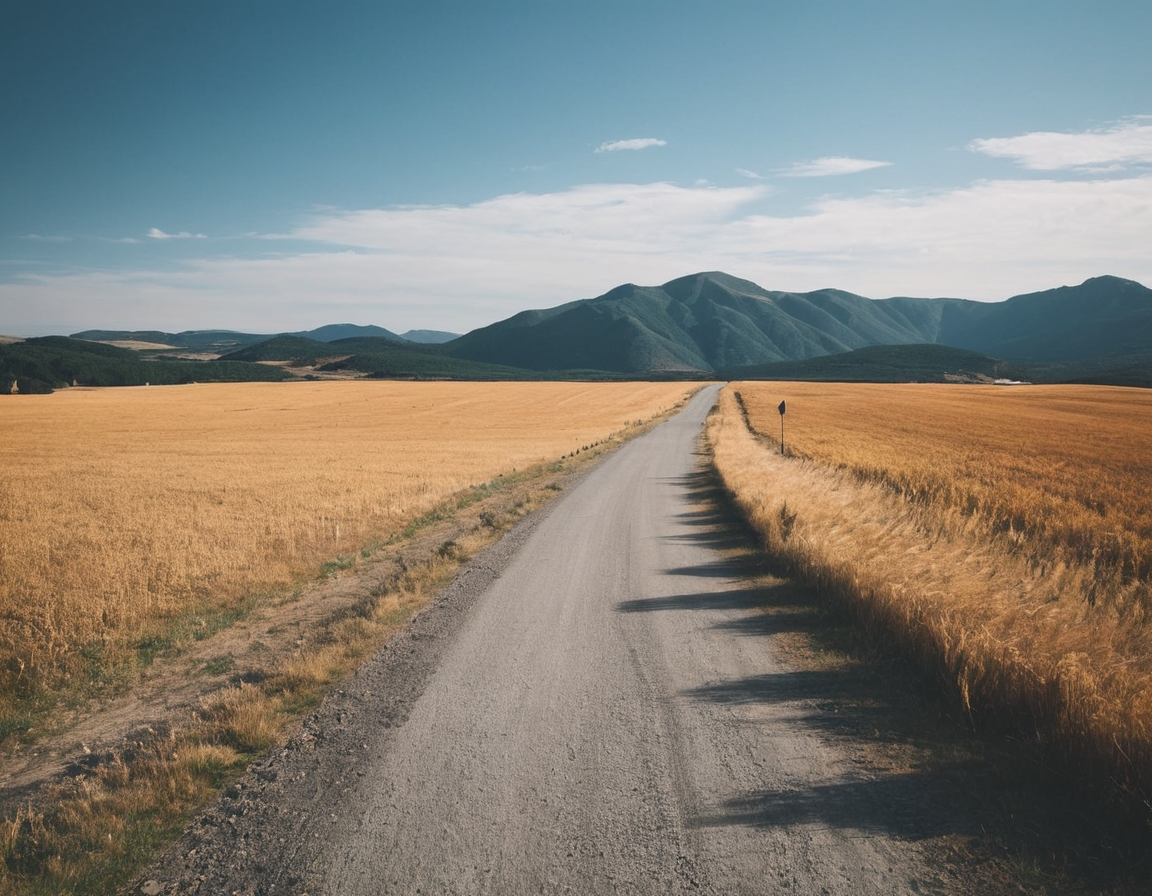: Exploring Naked Truths: A Journey Through Naturist Photography

Naturist photography is a fascinating and often misunderstood genre of art that captures the essence of human bodies in their purest form – free from clothes, makeup or any other physical adornment. This type of photography goes beyond mere documentation; it delves deep into exploring the naked truths about ourselves, our society, and the natural world we inhabit. In this blog post, we will take a journey through naturist photography, discussing its origins, significance, techniques employed, and the impact on individuals who engage in such forms of expression.
Learn more about Exploring
The Origins of Naturist Photography:
Naturism or nudism can be traced back to ancient civilizations like the Greeks and Romans, where public nudity was not considered obscene but rather celebrated as an embodiment of natural beauty. The concept of naturist photography emerged in the late 19th century with pioneers such as Wilhelm von Gloeden and Pierre-Louis Pierson who captured images of young men posing naked in nature or classical settings. Over time, other photographers like George Platt Lynes and Robert Mapplethorpe contributed to the development of naturist photography by focusing on themes such as sensuality, vulnerability, and self-expression.
Significance of Naturist Photography:
Naturism promotes body positivity and acceptance, encourages individuals to embrace their natural selves without societal pressures of conforming to beauty standards or gender norms. By removing physical barriers like clothes and makeup, naturist photography exposes the true essence of a person, highlighting their uniqueness and individuality. It challenges traditional views on modesty, nudity, and sexuality while celebrating the human form as an integral part of nature.
Techniques Employed in Naturist Photography:
Capturing natural beauty through naturist photography requires not only technical expertise but also an understanding of the subject’s comfort level and emotional state. The following techniques are often employed by photographers in this field: Learn more about Naked
1) Natural Lighting: Soft, diffused light from nature is preferred over artificial lighting to create a harmonious connection between the human form and its surroundings.
2) Composition: Photographers carefully frame their subjects against natural backdrops such as forests, beaches or mountainsides, emphasizing the harmony between humans and nature.
3) Connection with the Subject: Establishing trust and rapport with the subject is crucial for capturing genuine emotions and expressions that reveal true character rather than posed perfection.
4) Respect for the Model’s Comfort: Ensuring a safe and comfortable environment where models can express themselves freely without fear of judgment or exploitation is essential.
Impact on Individuals Engaged in Naturist Photography:
Naturist photography has profound emotional, psychological, and even therapeutic effects on individuals who participate in such forms of expression. It fosters self-acceptance, personal growth, and a deeper connection with oneself and the natural world. Additionally, naturism encourages empathy towards others by promoting understanding, acceptance, and respect for diverse bodies, sexual orientations, and gender identities.
In conclusion, naturist photography is not merely about capturing images of naked human bodies; it’s a journey into exploring the naked truths about ourselves, our society, and our connection with nature. By breaking down societal barriers around nudity and body image, this genre offers a unique perspective on self-expression, individualism, and acceptance. As we continue to appreciate diverse forms of artistry like naturist photography, let us remember that beauty lies not just in the eye of the beholder but also in our willingness to embrace vulnerability, honesty, and the natural essence within us all.

